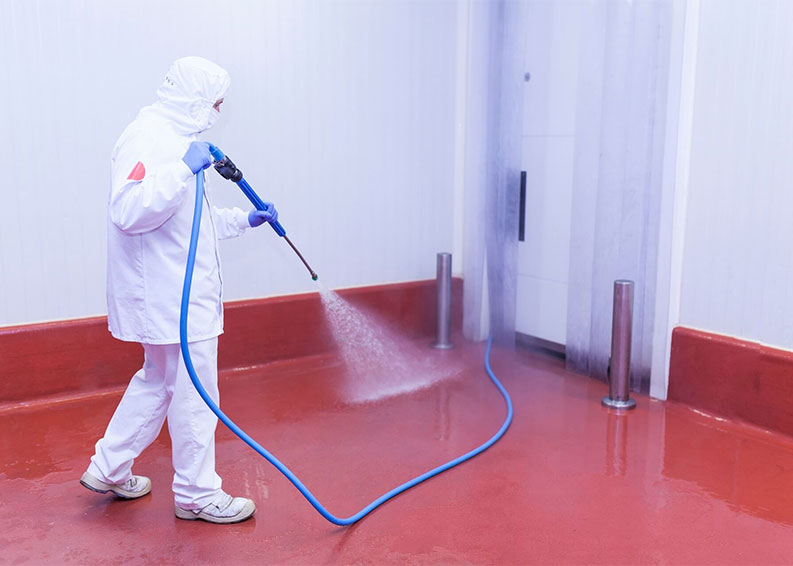
Industrial cleaning is crucial for maintaining hygiene, safety, and operational efficiency in various sectors, from manufacturing plants to food processing facilities. Several methods have emerged with technological advancements, each tailored to specific needs and challenges. This blog will delve into some of the top industrial cleaning methods, including high-pressure washing and dry ice blasting, highlighting their benefits and applications.
High-Pressure Washing: High-pressure washing, sometimes called power washing, is a flexible and efficient way to clean surfaces of impurities, grease, and dirt. It involves using water at high pressure to dislodge and wash away stubborn residues. This method is widely used in industries such as manufacturing, automotive, and agriculture to clean equipment, machinery, floors, and walls. High-pressure washing not only cleans surfaces effectively but also helps prevent corrosion and extend the lifespan of equipment.
Steam Cleaning: Steam cleaning utilizes high-temperature steam to sanitize and clean surfaces without chemicals. It works exceptionally well in fields where hygiene and cleanliness are crucial, like food processing, healthcare, and pharmaceuticals. Steam penetrates deep into porous surfaces, killing bacteria, viruses, and other pathogens. Moreover, steam cleaning is eco-friendly as it reduces the reliance on chemical cleaners, making it safer for workers and the environment.
Chemical Cleaning: Chemical cleaning involves using specialized cleaning agents or solvents to dissolve and remove contaminants from surfaces. This method is suitable for removing tough stains, rust, scale, and mineral deposits from equipment and machinery. Chemical cleaning is widely used in the oil and gas, petrochemicals, and power generation industries to maintain pipelines, heat exchangers, and boilers. However, proper handling and disposal of chemicals are essential to ensure safety and environmental compliance.
Dry Ice Blasting: The non-abrasive cleaning technique known as “CO2 blasting,” or “dry ice blasting,” uses high-speed-propelled solid carbon dioxide (dry ice) pellets to eliminate surface impurities. Unlike traditional abrasive blasting methods, dry ice blasting is non-toxic and non-conductive. It does not produce secondary waste, making it ideal for cleaning delicate equipment and machinery in aerospace, electronics, and automotive manufacturing industries. It effectively removes grease, oil, paint, and residues without causing damage to the underlying surfaces.
Ultrasonic Cleaning: Ultrasonic cleaning employs high-frequency sound waves to agitate a cleaning solution, creating millions of microscopic bubbles imploring upon contact with surfaces, dislodging contaminants. This method efficiently cleans intricate parts, tools, and components with complex geometries. It is widely used in industries such as electronics, jewelry, and medical devices to remove dirt, oils, and residues from small and delicate objects.
Industrial cleaning is crucial in maintaining safety, hygiene, and operational efficiency across various sectors. Several methods are available to suit different cleaning needs and challenges, from high-pressure washing to dry ice blasting and ultrasonic cleaning. By understanding the benefits and applications of each method, industries can choose the most suitable cleaning approach to ensure optimal cleanliness and productivity. At Maple Hood Cleaning, we provide efficient industrial cleaning solutions tailored to your requirements, ensuring a clean and safe working environment.



Comments are closed